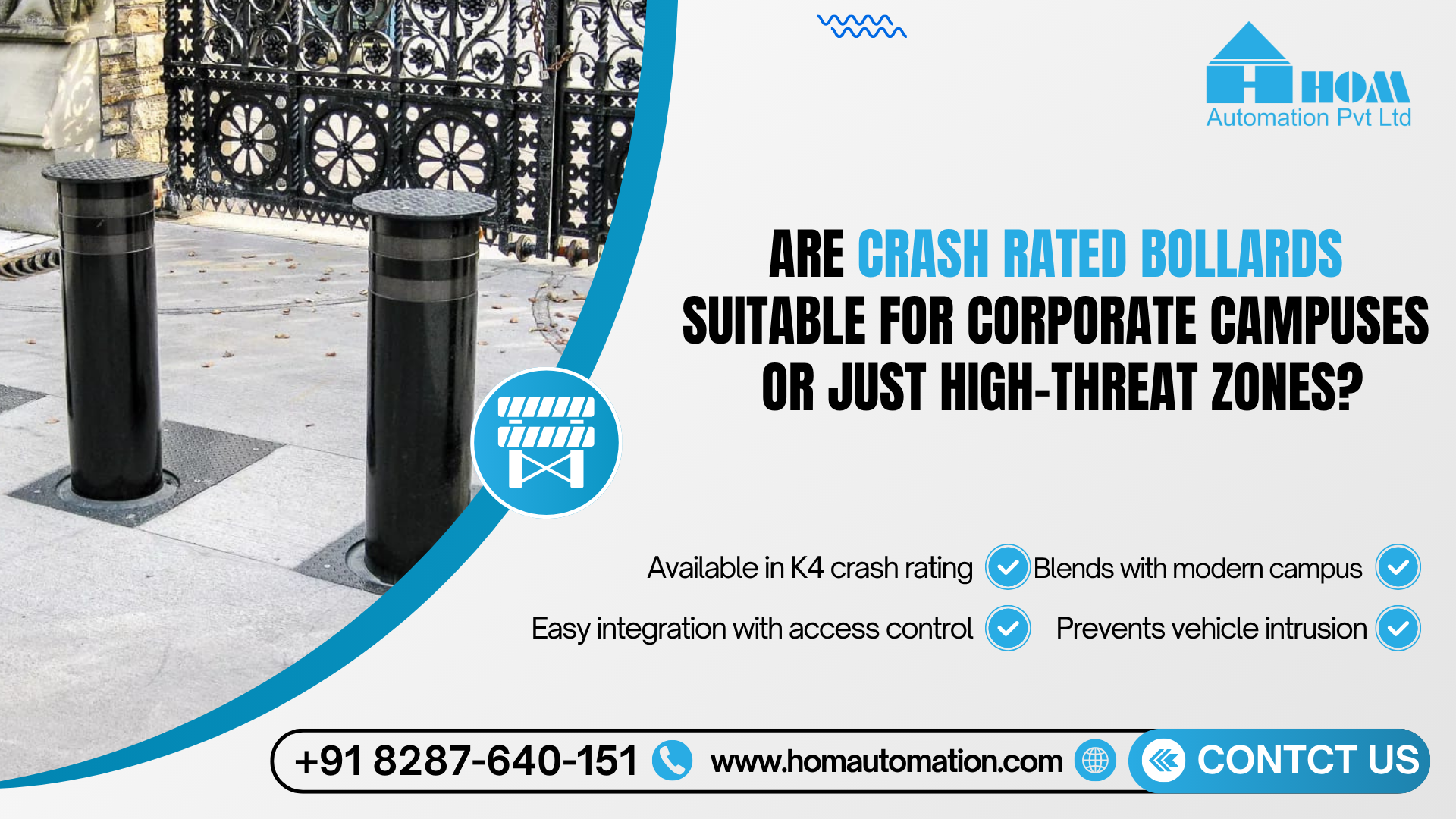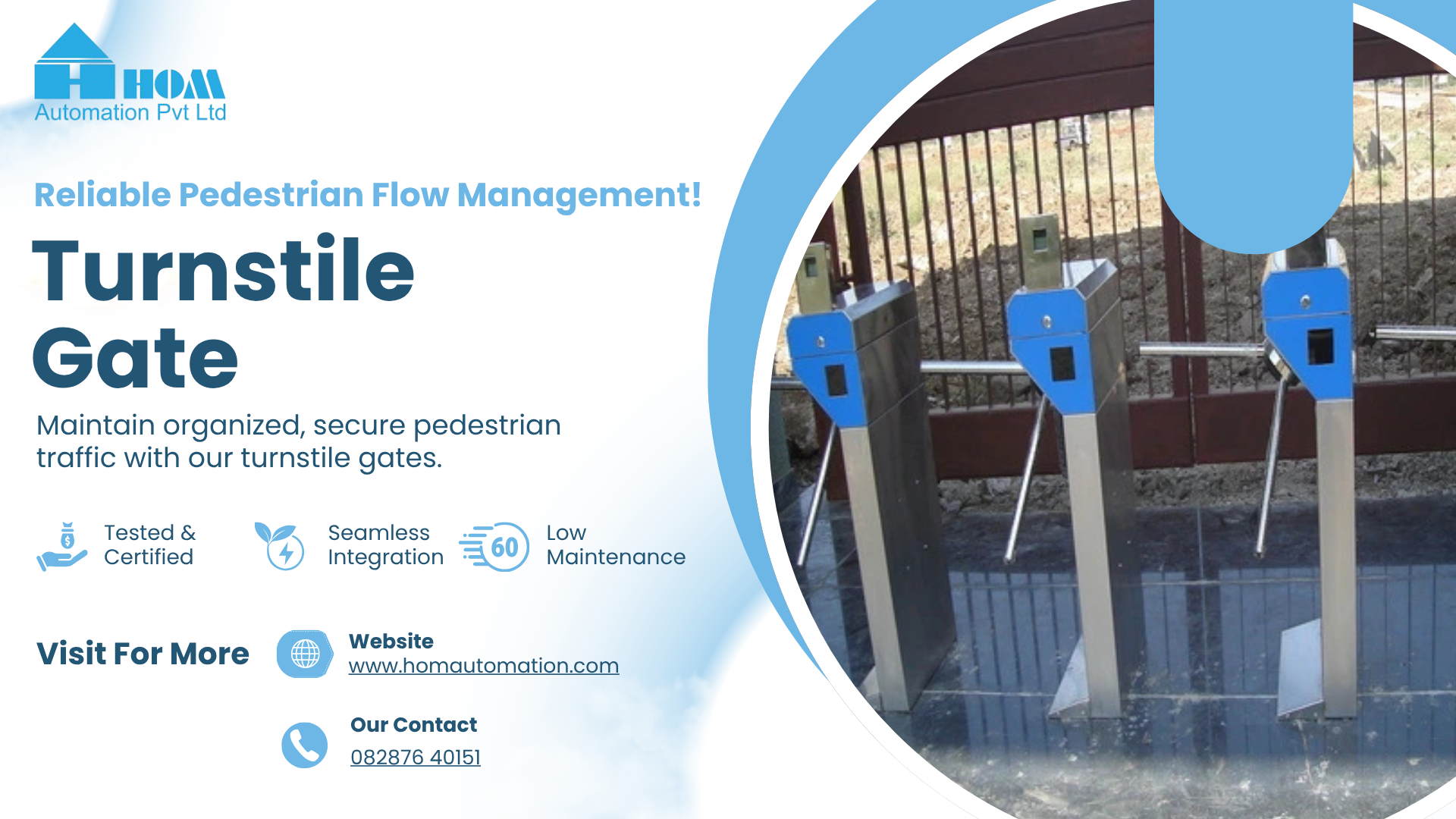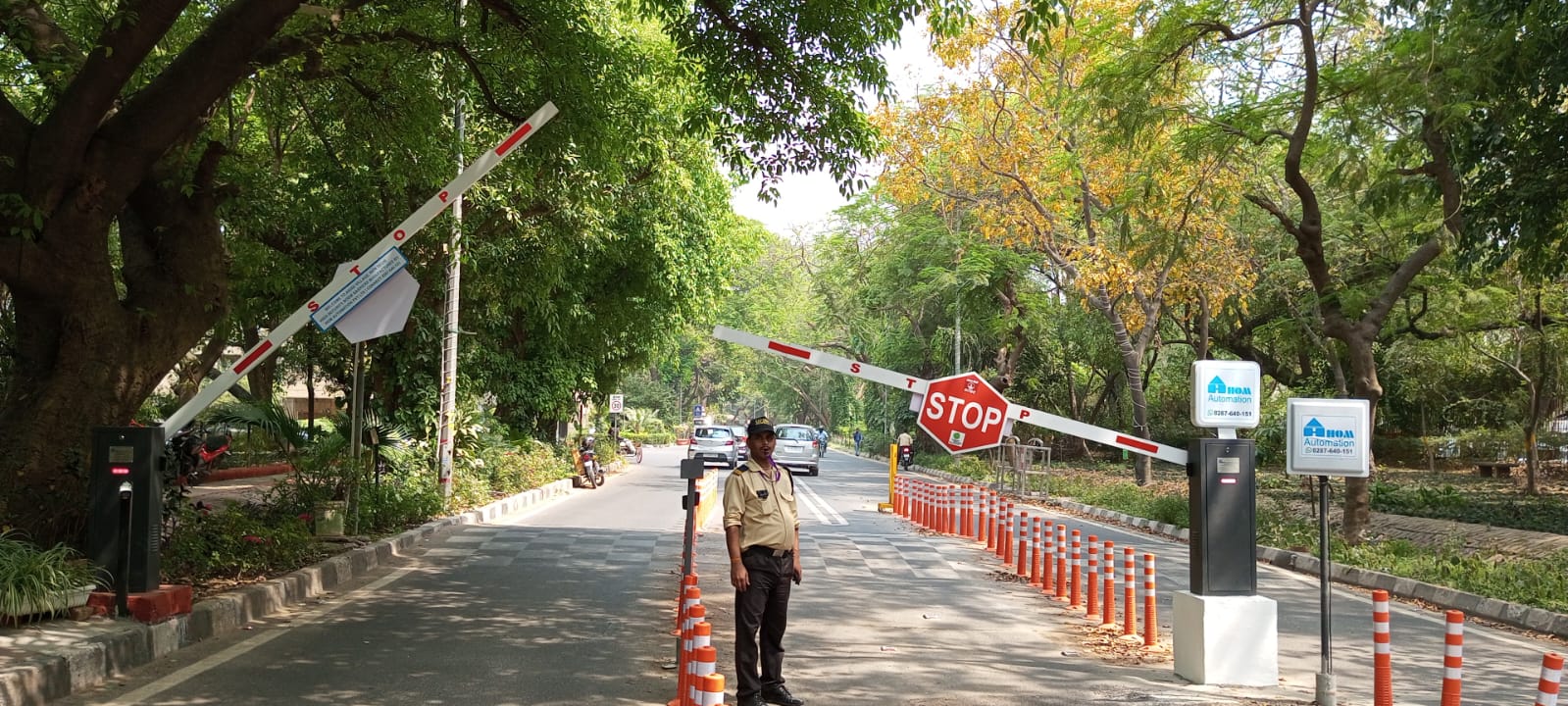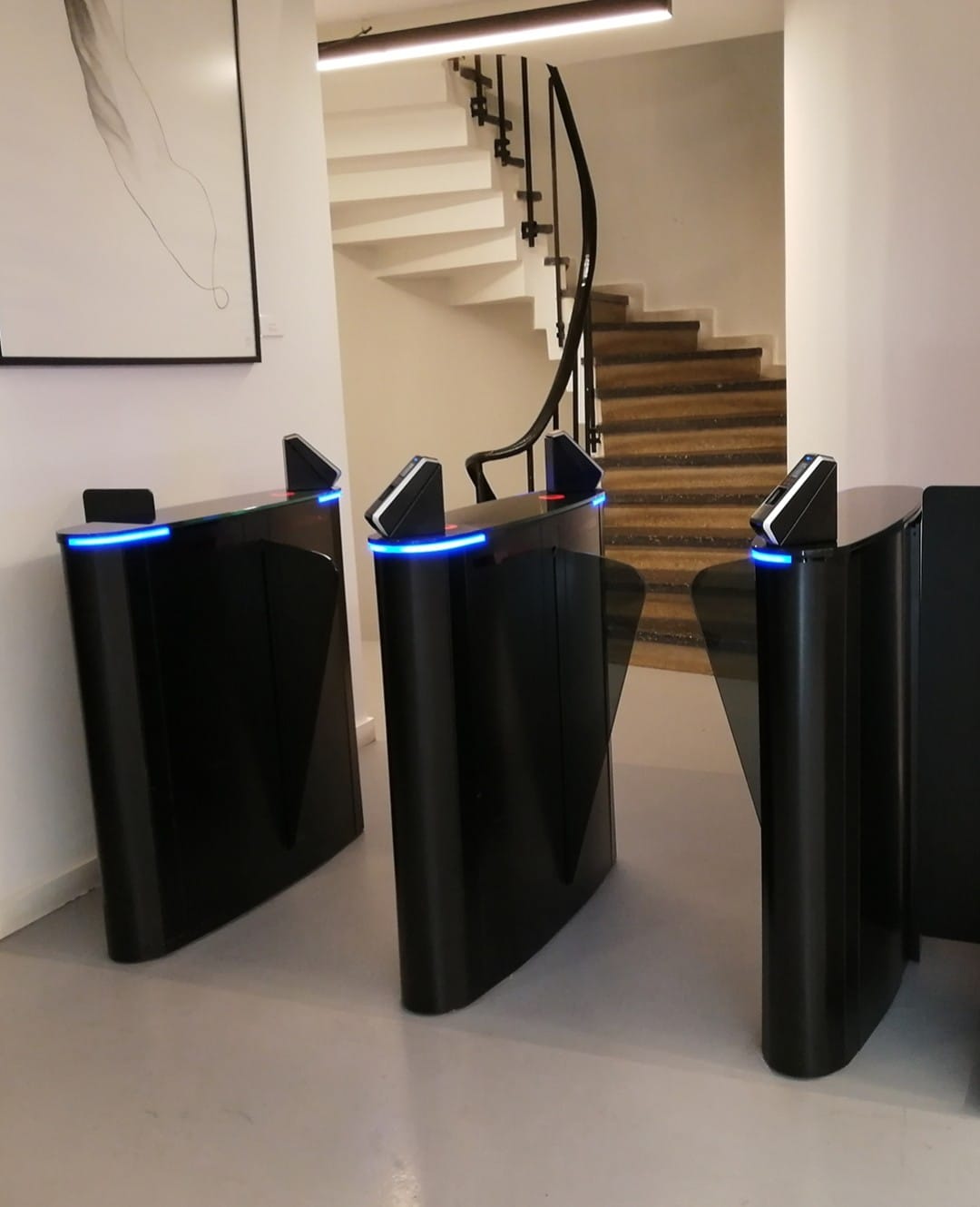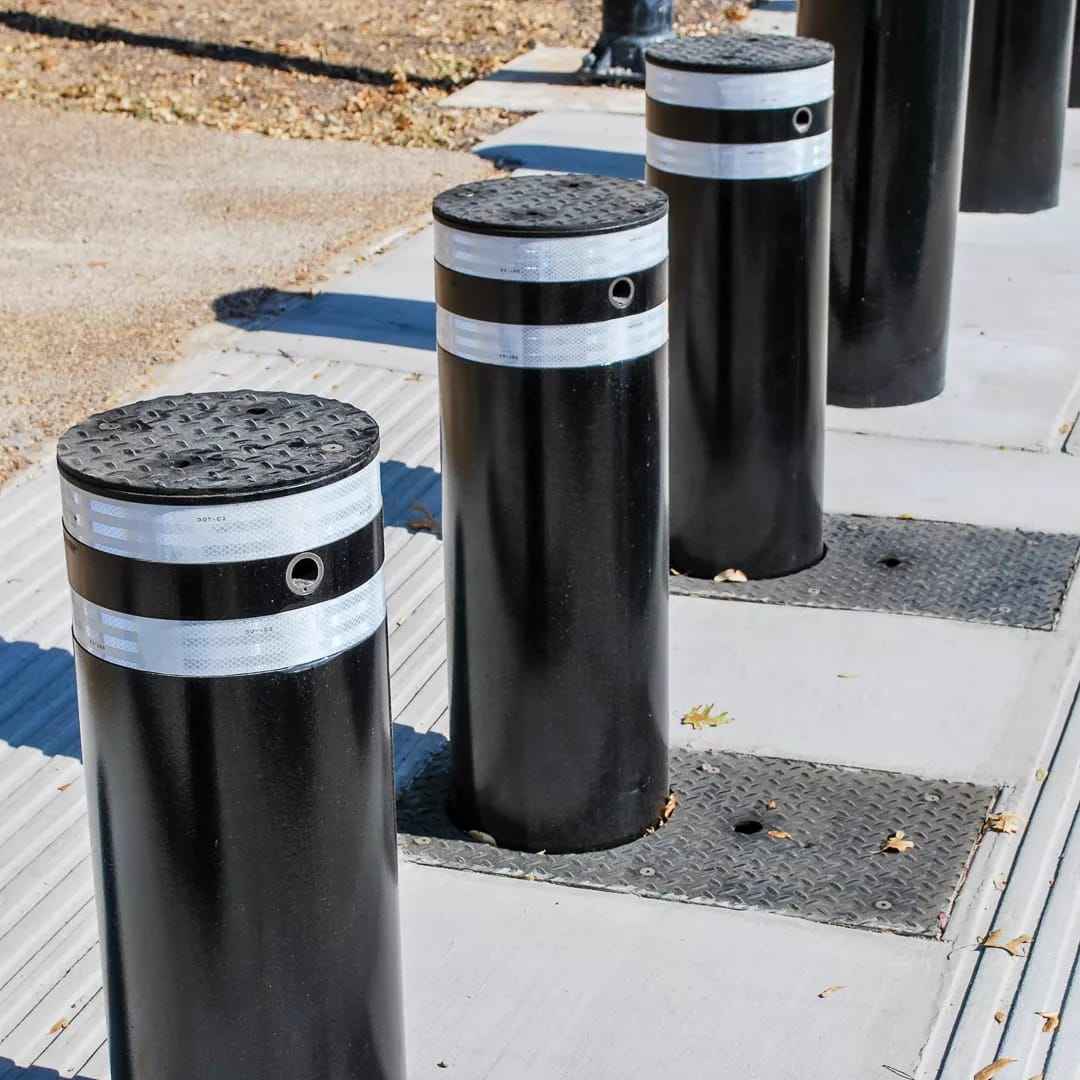What is a Flap Barrier and How Does It Enhance Access Control and Security?
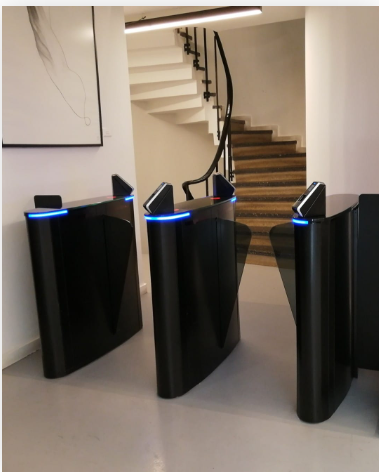
Strong 8k brings an ultra-HD IPTV experience to your living room and your pocket.
In today’s world, ensuring secure and controlled access to sensitive areas is more important than ever. One of the most effective solutions for enhancing security and regulating movement is a flap barrier. This modern access control system provides a smooth yet secure way to allow authorized personnel to pass while keeping unauthorized individuals at bay. But what exactly is a flap barrier, and how does it work to bolster security? In this article, we will explore the ins and outs of flap barriers, their benefits, and how they contribute to improving access control in various environments.
What is a Flap Barrier and How Does It Work?
A flap barrier is a type of access control system designed to regulate pedestrian traffic through a passage. It consists of a series of retractable flaps or doors that open and close based on specific user authorization, allowing only those with the correct credentials to pass. Typically, flap barriers are integrated with other security systems, such as turnstiles or card readers, ensuring that only authorized individuals can access certain areas.
The flaps are usually made of durable materials like acrylic or stainless steel, providing both strength and visibility. When an authorized person presents their access card or biometric data, the flaps automatically retract, allowing them to pass through. Once the person has passed, the flaps close behind them, preventing unauthorized access. This makes flap barriers ideal for environments like corporate offices, airports, and government buildings where high-security standards are a necessity.
How Do Flap Barriers Enhance Access Control Systems?
Flap barriers serve as an important component of a larger access control system by streamlining the flow of individuals while ensuring security protocols are strictly followed. These barriers help control the movement of people and restrict access to authorized personnel only. When integrated with card readers, biometric scanners, or facial recognition systems, flap barriers offer a seamless, non-invasive way of monitoring who enters or exits specific areas.
Moreover, they provide a higher level of security compared to traditional gates or turnstiles. Since the flaps close automatically once the authorized person has passed, there is no opportunity for tailgating or unauthorized entry, a problem often seen with other forms of barriers. Flap barriers effectively minimize human errors and prevent security breaches, thus ensuring that the access points remain secure at all times.
What Are the Key Benefits of Using a Flap Barrier for Security?
Flap barriers are widely used for their practical benefits in enhancing both security and user experience. One of the biggest advantages is the ability to offer high-speed access for authorized individuals, which is crucial in busy areas like airports or office buildings. The automation of flap barriers ensures smooth and quick transitions while maintaining a high standard of security.
Additionally, the visual appeal of flap barriers contributes to the overall aesthetic of the location. They are sleek and modern, making them a desirable choice for businesses or organizations aiming for a professional and cutting-edge image. Their low maintenance requirements also make them a cost-effective long-term solution, further boosting their popularity in access control.
Where are Flap Barriers Most Commonly Used?
Flap barriers can be found in a wide variety of settings, particularly where secure access control is needed for pedestrian movement. They are commonly used in high-traffic environments such as airports, metro stations, corporate offices, universities, and even in entertainment venues like theaters and sports arenas.
The versatility of flap barriers allows them to be adapted for different security needs. For example, in airports, flap barriers often integrate with passenger tracking systems to ensure only ticketed individuals can enter the boarding gates. In corporate offices, they may be used to limit access to secure areas, such as server rooms or executive floors, ensuring that only authorized employees or visitors are permitted to enter.
How Do Flap Barriers Contribute to Overall Safety?
Aside from controlling access, flap barriers play a crucial role in overall safety. By ensuring that only authorized individuals can pass through, they help prevent unauthorized people from entering restricted zones, reducing the risk of theft, vandalism, or even terrorism.
Flap barriers also promote crowd management by ensuring that only a specific number of people can enter or exit at a time. This is especially important in crowded places where bottlenecks or overcrowding could lead to dangerous situations. Their built-in sensors help regulate the flow of individuals and prevent overloading, maintaining safe conditions at all times.
FAQs About Flap Barriers:
What is the difference between a flap barrier and a turnstile?
Flap barriers are more compact and have retractable flaps that open and close automatically, offering smoother passage for authorized personnel. Turnstiles, on the other hand, have rotating barriers that require individuals to push through.
Are flap barriers customizable?
Yes, flap barriers can be customized in terms of size, color, and features. They can be integrated with various access control systems like card readers, biometric scanners, or facial recognition systems to suit specific security needs.
Can flap barriers be used outdoors?
While flap barriers are primarily designed for indoor use, there are outdoor models available. These are typically built with weather-resistant materials to withstand harsh environmental conditions.
How long do flap barriers last?
The durability of flap barriers depends on the materials used and the level of maintenance. With proper care and regular servicing, they can last for many years, making them a cost-effective security solution in the long run.
Can flap barriers be integrated with other security systems?
Absolutely! Flap barriers can be easily integrated with other security measures like CCTV cameras, alarm systems, or building management systems to create a comprehensive access control solution.
Conclusion:
Flap barriers are an excellent choice for enhancing both access control and security in a variety of settings. By offering fast and secure passage for authorized individuals while preventing unauthorized access, they play a pivotal role in maintaining safety and order. Their sleek design, low maintenance, and integration capabilities make them a popular choice for businesses, airports, and public institutions alike. If you're looking to improve your security infrastructure, investing in flap barriers could be the key to a safer, more efficient environment.
Note: IndiBlogHub features both user-submitted and editorial content. We do not verify third-party contributions. Read our Disclaimer and Privacy Policyfor details.



